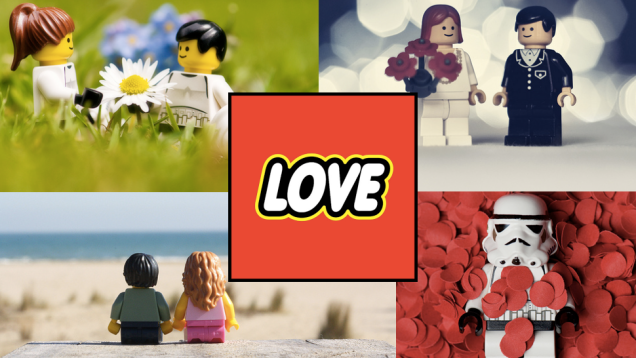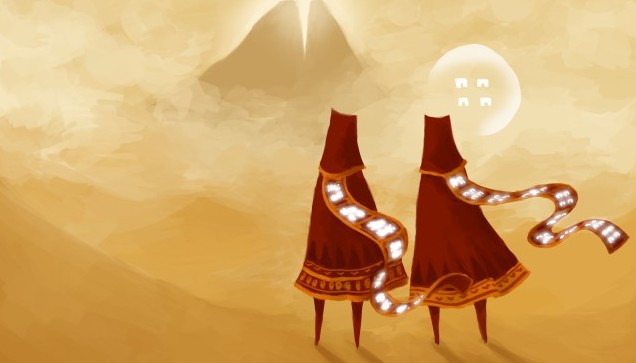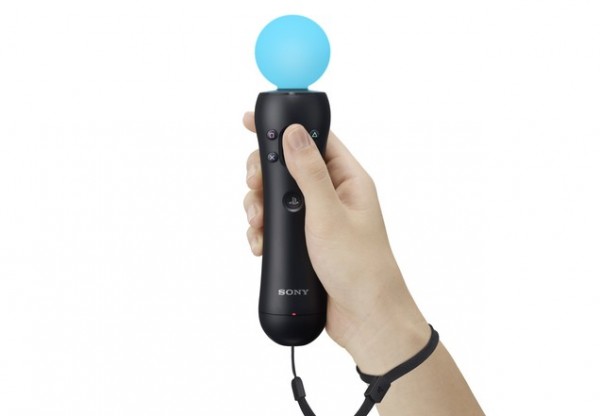“Twitch reveals itself to be a perfect witness of events happening over the video game industry and community” (Kautoue et. al.)
As NYMG begins its new venture, Gaming for Good, I started thinking more about the importance Twitch and other streaming platforms in the new emerging social fabric of games. When I was young, couch co-op, even for one-player games, was my jam. I could watch my friends play for hours, and they could watch me play for hours. It seems so silly to think that gaming, as the most interactive media widely recognized in our culture, also has such a spectator draw. But it does. There is something engaging about being a passive participant as your friend scales walls and fights zombies. I liked watching and critiquing the strategy, and then trying different things when it was my turn with the controller. Games couldn’t go online, but they were still incredibly social.
Marshall McLuhan has long been held up as one of the preeminent media scholars. His theory on “hot” and “cold” media is extremely relevant here: hot media afford spectatorship and cold media afford participation. Video games have been both, cooler when you’re watching your friends and hotter as you’re playing. As games go more online, they become almost entirely cool. The spectatorship that goes with games is relegated to cut scenes, quest narratives, and dialogue. Twitch allows us to violate the cold and hot dichotomy: Twitch streams are every temperature: the gameplay video itself is hot, the webcam is medium, and the chat screens are cold. Kautoue et. al. writes of Twitch, “a new type of social community is emerging, very active on several web social platforms and of a particular interest for the social network research community” (1). So why does this matter?
The gaming community, for many of us, is toxic. Twitch streams utilize this combination of hot and cold media to both encourage positive participation and moderate negative behavior. Not only that, but Twitch shows gamers the possibility of impacting a community they care about. This could be a very good thing for the future of gaming: “participants are attracted to groups whose activities they can impact” (Hamilton et. al). The more gamers feel like they can be a part of a community, and the more that community demands non abusive behavior, we can begin to normalize a community that isn’t toxic. Because “communities also evoke a sense of conformity,” and Twitch, streamers, and moderators have been shown to be committed to being inclusive and non abusive, we may just have a glimmer of hope.
But things may not be quite that rosy. While many academics argue that Twitch is democratizing, I worry. Sure, Twitch can be great for those who can’t afford a game, who want to be part of the gaming conversation but don’t have access to consoles, or for those who simply don’t have the time to game actively. However, 95% of viewers watch only 10% of available streams. That means that there are actually a very limited number of streamers who get all of the viewers. This has a chilling effect for anyone who wants to participate on the streaming side. Viewership is democratized, but viewers really don’t get an accurate perspective on what streams are available to watch. The search function on Twitch leaves a lot to be desired, and the algorithm Twitch uses to recommend streams is based on how quickly viewers join immediately upon a stream starting. So if your stream isn’t popular right away, there is a very low chance your stream will get recommended to others. Thus as a streamer you get stuck in a viewerless rut.
Further, sex/gender and race can also impact streamers’ community. I rarely can find female streamers, and when I do, there often are people making sexualized comments. The general tenor of female streamers’ chat rooms is very different than their male counterparts: viewers of female streamers often critique and “help” much more than simply commenting and participating, which happens more on male streamers’ chats. Because moderators help, anyone being abusive or sexual is typically banned immediately. However, there is a tone difference for how audience members treat anyone who isn’t a white male streamer. This needs to be addressed, and can be addressed by more women and people of color participating in the community as well as streamers and viewers demanding a higher quality of participation.
That said, Twitch does have the four elements that scholars say it takes to make a great community: membership, influence, fulfillment of needs, and emotional connection. Viewers can join and be a part of something. They can have an impact on the streamer (if the streamer is good, they will respond to their audience’s comments). You also have things like Twitch Plays Pokémon that let’s everyone participate in play. On the other hand, newbies can be primarily spectators until they feel comfortable participating. I hope Twitch and other streaming services continue to thrive. They represent a possibility for the future of the gaming community to be a more positive place for all.




